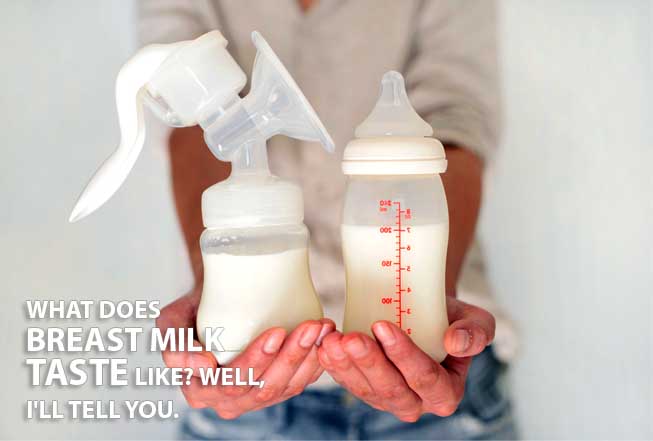exercises that are easy to do at home while the baby’s napping, or grab the buggy and go for a powered stroll around the park so the baby can sleep while you work up a sweat.
I usually start postnatal clients with low-impact and low-resistance moves focusing on pelvic floor and core work and then slowly build from there. Here are some recommended exercises: postpartum yoga; pilates; barre; brisk walking; swimming and water aerobics; cycling; light weight training; local mum & baby exercise groups. Aim for 45-60mins of moderate aerobic exercise 2-3 times per week and two resistance training workouts per week.
Read: What does breast milk taste like? Well, I’ll tell you.
WHAT SHOULD I BE EATING?
You can burn a considerable amount of calories while breastfeeding (anywhere between 380 and 600 a day), so it’s important to replace those calories and even more important if you’re burning off extra calories with a workout. It may also be harder to produce breast milk without a sufficient intake of calories.
When you’re breastfeeding, you tend to have a higher craving for sugar and carbs, but it’s always a good idea to stick to a clean diet for the health of you and the baby. Try to include high-protein foods such as meat, poultry, fish, eggs, dairy, beans, nuts and seeds 2-3 times a day. Eat three servings of vegetables, including dark green and yellow vegetables per day, and two servings of fruit per day if possible. Also try to include whole grains such as whole wheat breads, pasta, cereal and oats in your daily diet. If you’re not a meat eater, make sure you eat other sources of iron and zinc such as beans, dried fruit, nuts, seeds and dairy. If you’re vegan you’ll probably need a B12 supplement so the baby doesn’t develop a B12 deficiency.
Drink lots of water, too. It’s quite common to feel more thirsty than usual as you’re losing liquids, so make sure to have a large bottle nearby and keep topping up to stay hydrated and avoid any impact on milk production.



